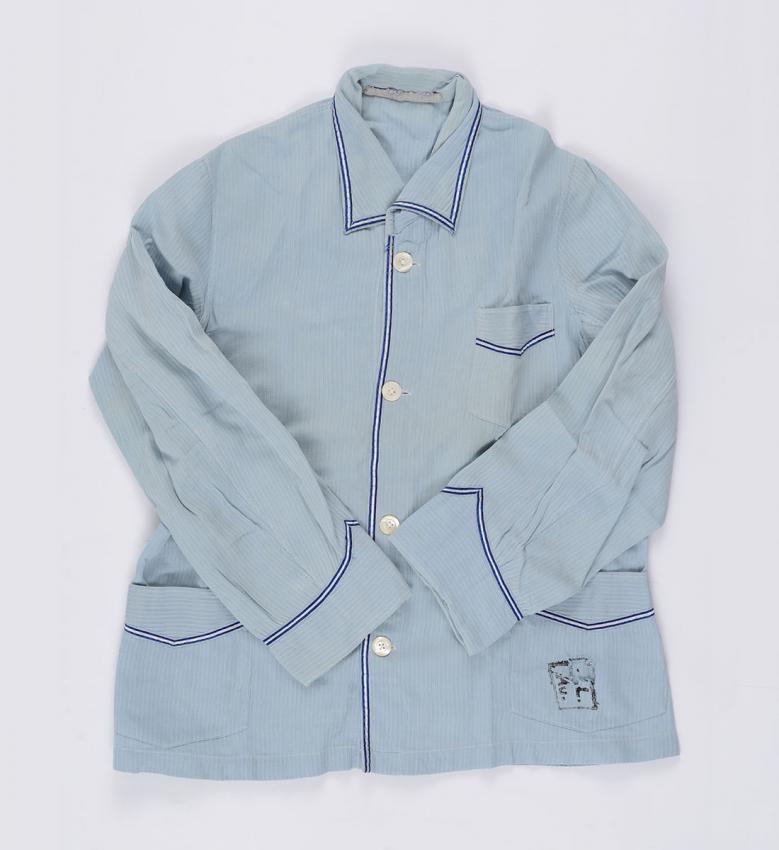Daisy (Saltiel) Caraso was born in Salonika, Greece in 1921. She married Shmuel Caraso, a fellow resident of Salonika, a short time before the war. During the war, the young couple escaped to Piraeus and paid a boat-owner to smuggle them out, but the man took their money and turned them over to the Germans.
In March 1944, the couple was deported to Auschwitz. Shmuel was sent to work in the Sonderkommando, and he was murdered during the Sonderkommando uprising in Auschwitz-Birkenau.
The number 79645 was tattooed on Daisy's arm, and she was originally assigned to forced labor, but was later sent to the camp infirmary due to her deteriorating health.
When the Germans sent the prisoners out on the death marches, Daisy lay in very serious condition in the infirmary, unable to get out of bed. The German soldiers passed among the sick prisoners and shot them; however, when they went by Daisy's bed, they decided that "it was a pity to waste a bullet on her", and thus she remained alive.
When the camp was liberated by the Red Army, many prisoners who were left without anything to wear went to the camp storehouses and took clothes for themselves. Daisy took a prisoner's jacket and a shirt. The left pocket of the shirt was stamped in black with the letters "K. L. AU." (initials for the words "Auschwitz Concentration Camp" in German).
After the war, Daisy immigrated to Eretz Israel on the illegal immigrant ship, "Henrietta Szold". The immigrants on the ship, including Daisy, were transferred to a detention camp in Cyprus by the British.
In 1955 Daisy met Yehudah Kempler, who was born in Germany and managed to escape and reach Eretz Israel before the war, and they were married.
Yad Vashem Artifacts Collection,
Donated by David Kempler, Ganei Tikvah







